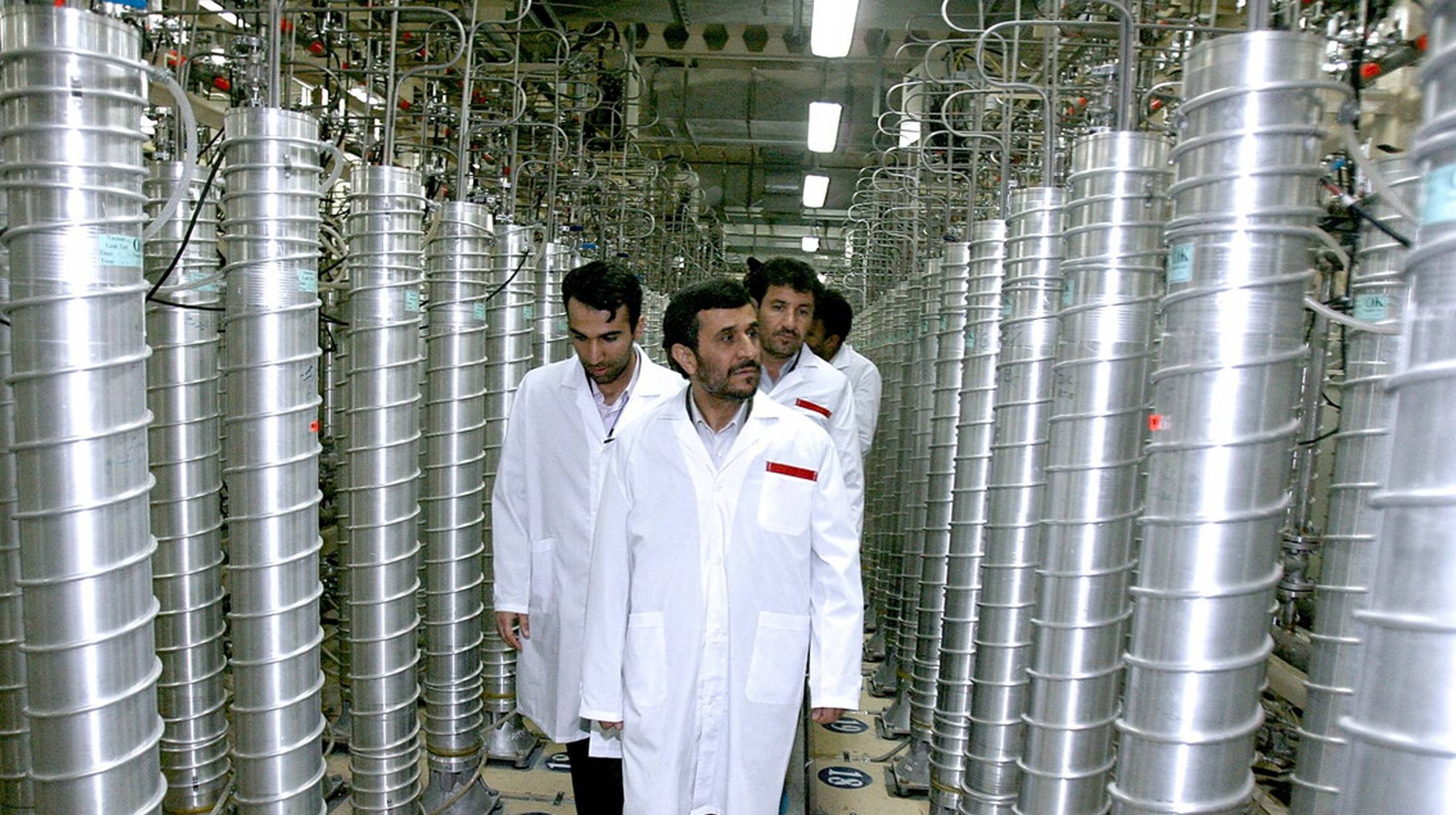Talks aimed at reviving the Iran nuclear deal are due to resume later this month. Before that happens, U.S. negotiators need to recall the pact’s original purpose: to give the world enough notice should Iran make a dash for the bomb. And they should be ready to reject any outcome that fails this test.
Former President Donald Trump abandoned the deal, formally known as the Joint Comprehensive Plan of Action, in 2018. Iran’s violations since then make restoring it difficult. Iran has assembled and operated hundreds of advanced centrifuges forbidden by the agreement. It has enriched uranium to 60% — a short step from weapons-grade — and built a stockpile of fissile material eight times bigger than allowed. It has manufactured uranium metal, a key component in nuclear weapons. Most important, it has repeatedly undermined the work of international inspectors.
Iran might once have needed a year to produce enough weapons-grade material for a bomb. That breakout time may have shrunk to as little as a month. Shipping fissile material out of the country and locking up centrifuges wouldn’t extend the timeline very much. Iranians have shown how quickly they can restart mothballed facilities.



















With your current subscription plan you can comment on stories. However, before writing your first comment, please create a display name in the Profile section of your subscriber account page.